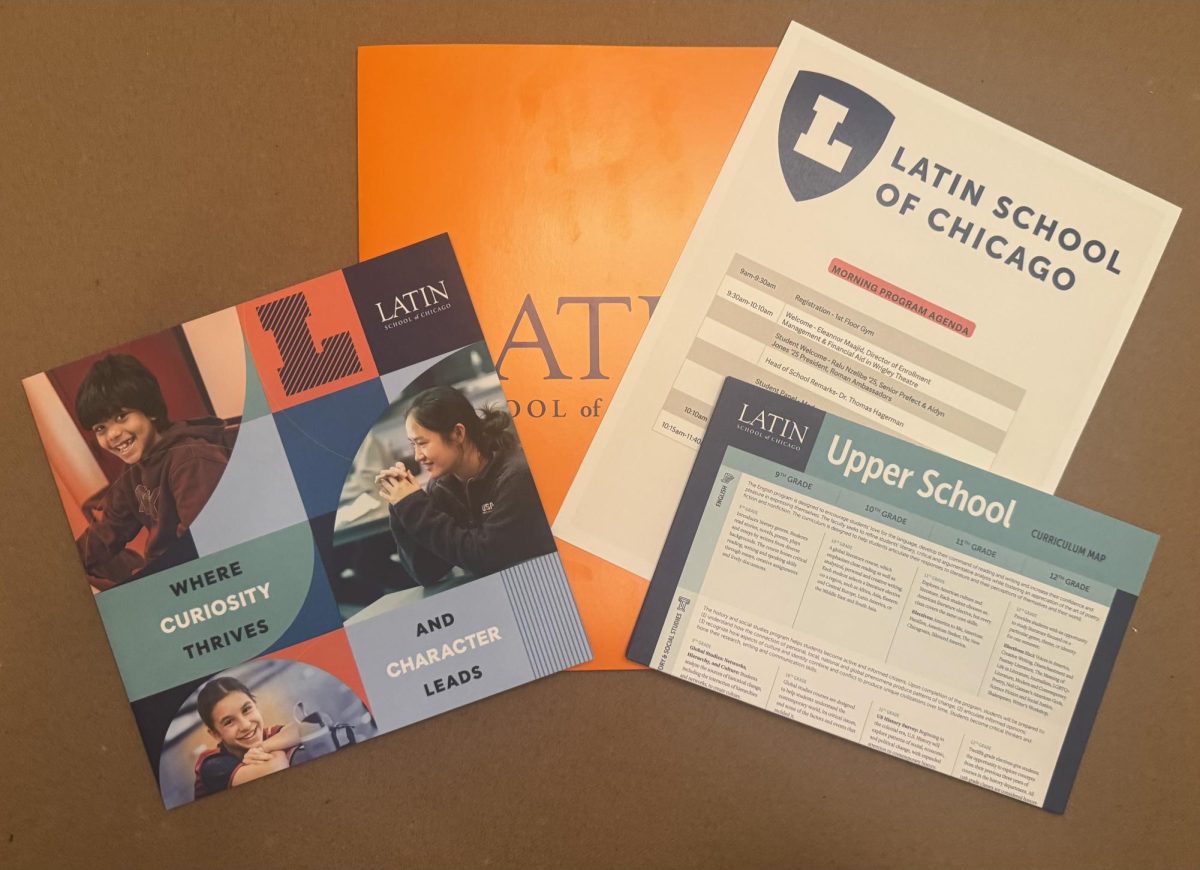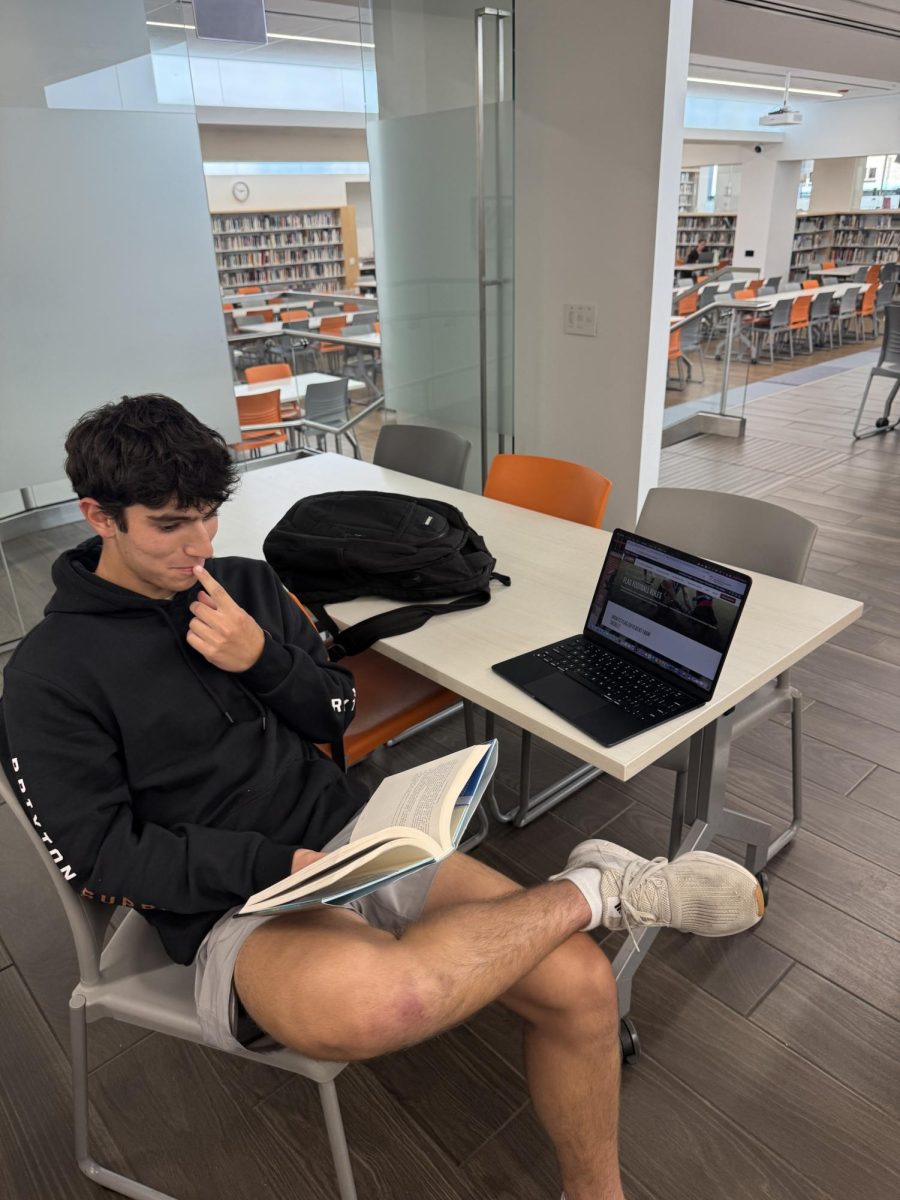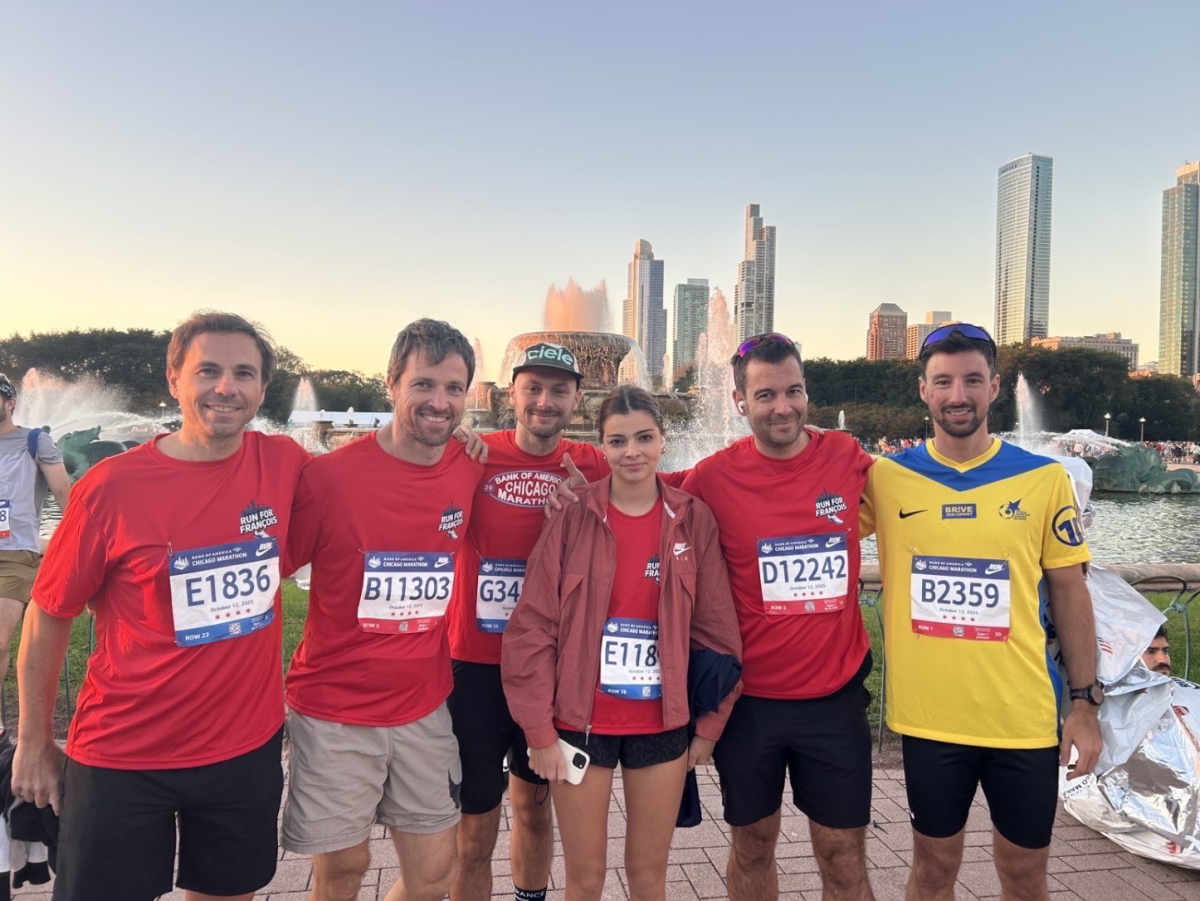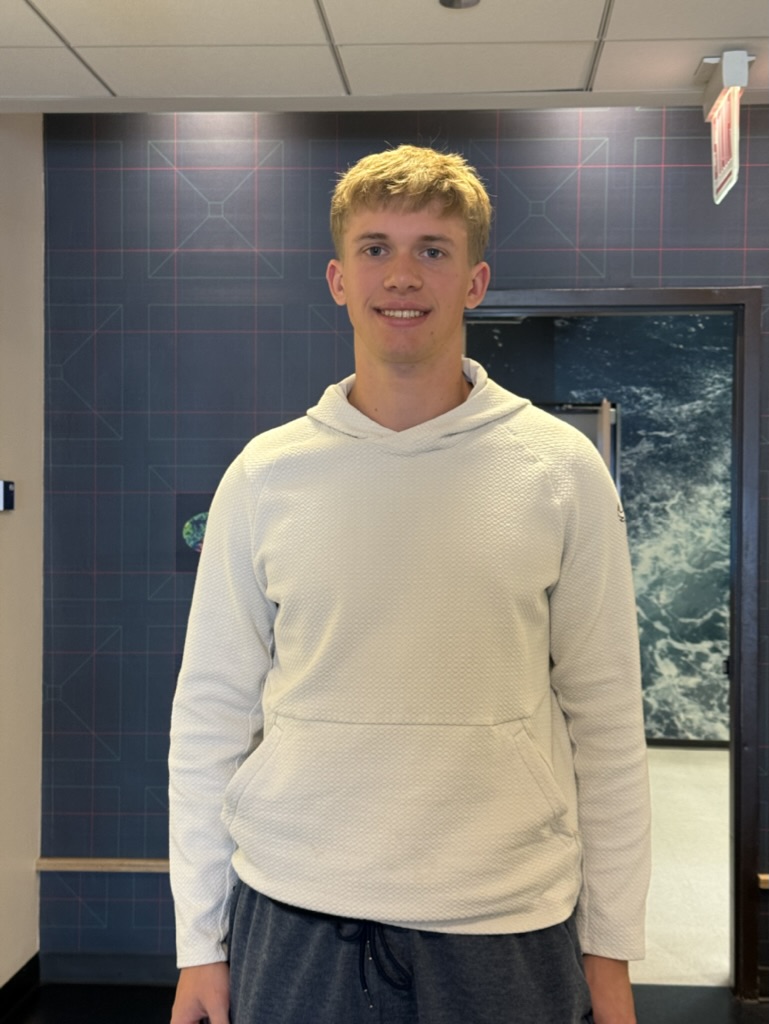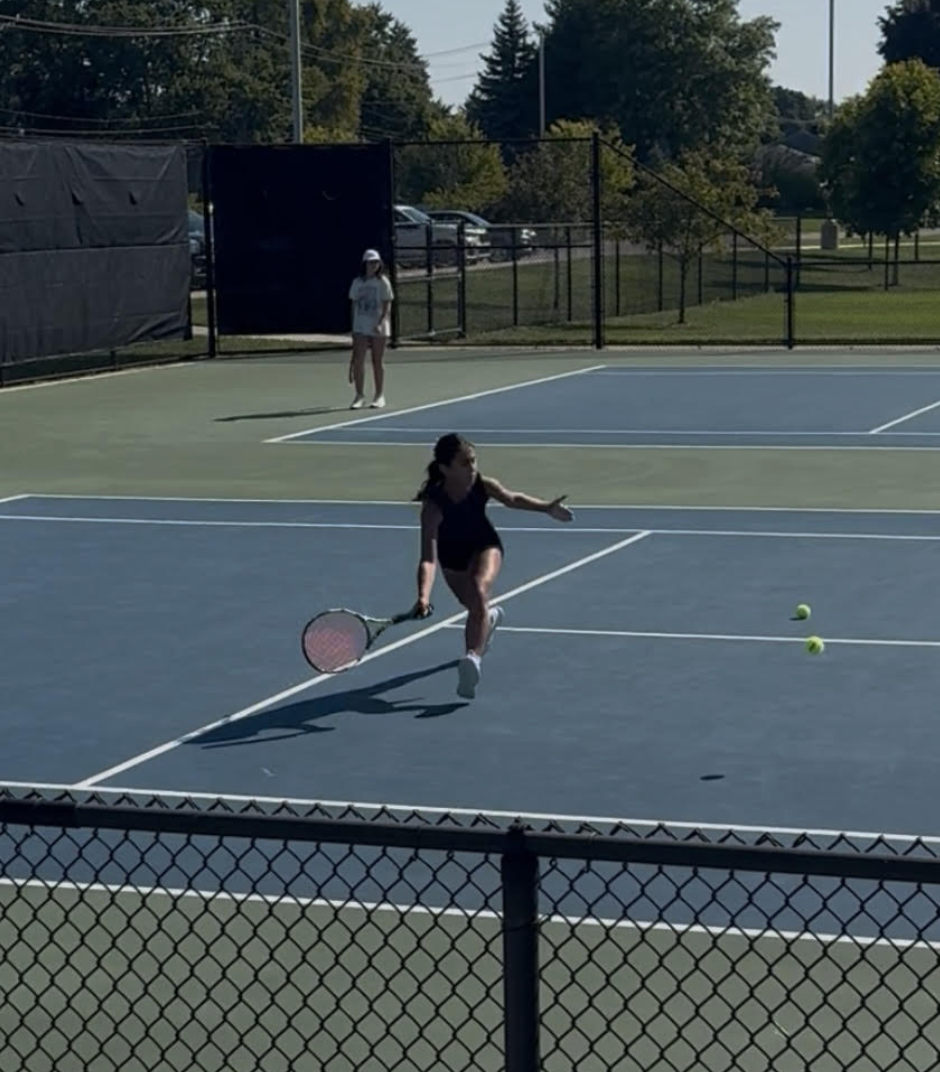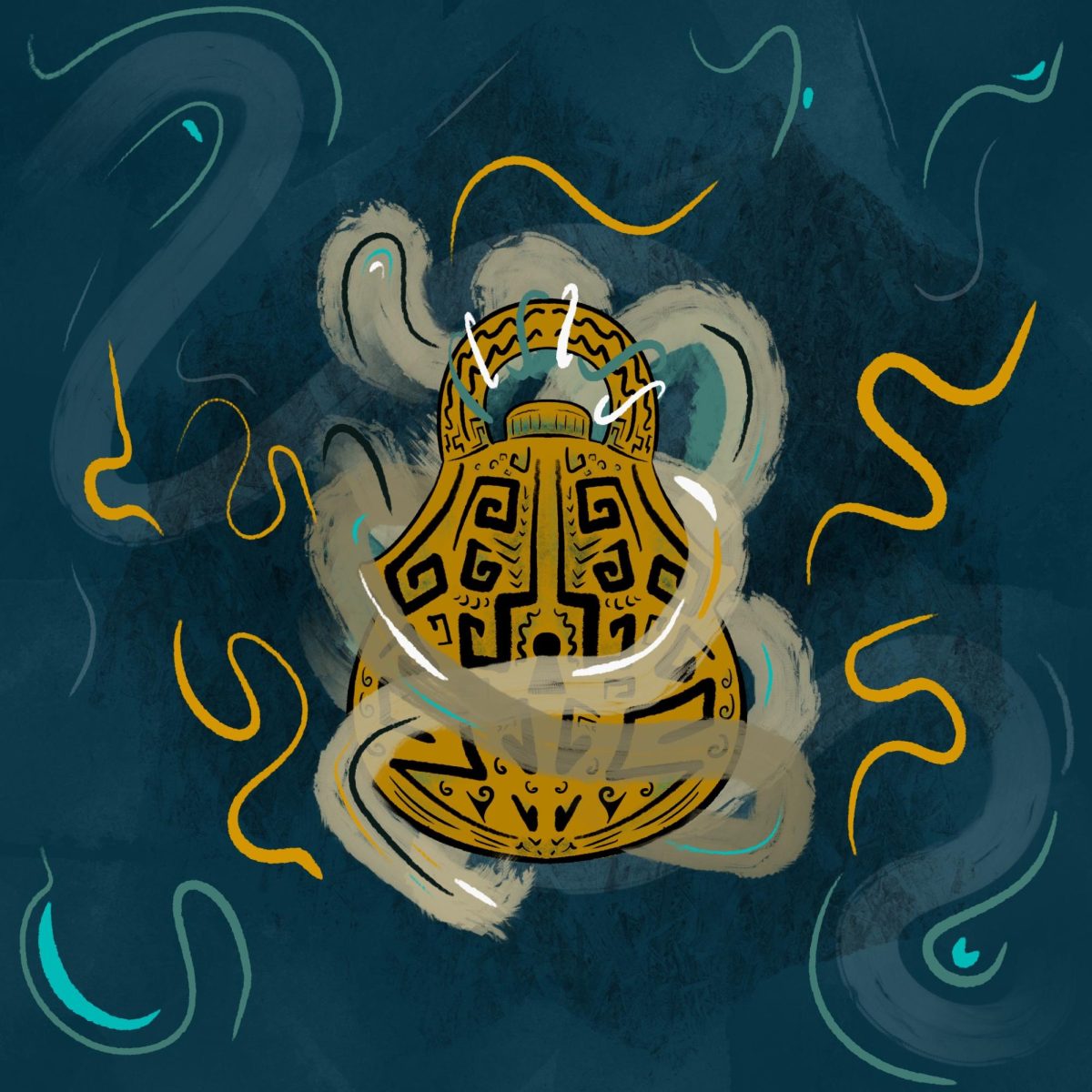After Latin’s Upper School Instagram account shared photos of a ninth-grade Global Studies class simulation that took place on April 9, the post received backlash online. One account in particular, under the name of @naiswhistleblower, used the Industrial Revolution-inspired protest simulation to critique Latin and other members of the National Association of Independent Schools (NAIS).
The recent criticism marks the first time the protest simulation has been questioned in its eight years of running time.
Upper School history teacher Ernesto Cruz explained the importance of the activity. “We believe in experiential learning as much as possible, and we believe in following best practices and doing what is best cognitively, developmentally, for students,” he said. “And this fits right in with that.”
After the switch from Global Cities—the previous format of the freshman history class—to Global Studies in 2016, the History Department developed the protest simulation as an interactive activity geared toward primary source interpretation.
“Unless you’re going to go into academia, no one’s going to sit there and ask you for a 500-word essay, right?” Mr. Cruz said. “You need to be able to apply those skills.”
While analyzing texts about the Industrial Revolution, students were asked to represent a historical figure from that time period—such as Karl Marx, a communist philosopher, or Harriet Taylor Mill, a women’s rights advocate. Following their research on these figures, the freshmen created individual speeches to argue whether they believed reforming the British electoral system in 1848 was necessary. The simulation culminated in a rally presentation where students, then separated into alliances, presented their campaign to the rest of the class through speeches and visual propaganda.
One key component of the project is its location. In the past, the final rally has taken place outside of the Chicago History Museum or by the Lincoln statue to simulate the public atmosphere one would have found during a real Industrial Era protest. “Anyone who walks by has always been super positive, like, ‘Oh, what a great way to engage kids; what a great way to do this,’” Mr. Cruz said.
He noted that passersby typically approach the rally with a sense of curiosity and appreciation. “I check the schedule to see when it would make the most sense to do [the simulation], and then try to find a Cubs home game to get maximum tourists,” he said.
Mr. Cruz was surprised to hear that the protests were used against Latin on Instagram, as the administration never spoke to him or the other Global Studies teachers about any negative online reactions. “The reaction from the public has been overwhelmingly positive to my face. But it’s really easy to hide hate behind a computer screen.”
In contrast to the enthusiastic in-person response, the hate Latin found online from one account was not a standalone incident. Still, it brought some community members’ attention to the Instagram user @naiswhistleblower. The account began in early January, and since then, it has targeted private, independent institutions, including the Brentwood School in Los Angeles, Hotchkiss School in New York, and now, Latin. Some posts describe how the Diversity, Equity, and Inclusion framework is a weapon used to “create a hostile environment for Jewish students,” and other posts contend that antisemitic incidents on college campuses begin in NAIS K-12 schools, which are “a cartel organization designed to destroy our children.”
Out of 82 total posts, nine relate to Latin, with the protest photos marking the most recent addition. In response to Latin’s original upload, @naiswhistleblower reposted the images of freshmen taking part in the Industrial Revolution simulation and wrote:
“The Latin School of Chicago presently grooming and indoctrinating its students to be ‘social justice warriors’ and teaching them to protest. … Does anyone find this disturbing? Can it be any more clear that the antisemitic protests going on right now have originated in NAIS private independent schools? This has been decades in the making.”
Freshman Kerry Koranteng, who was in one of the images reposted by critics, said, “It’s really confusing; I don’t really know how to feel about it. I don’t want to be labeled as someone who was motivating something.”
Students also expressed concerns regarding online scrutiny over viewpoints that were not their own. “I would rather be accused of something that I do believe and be able to defend my opinion than be accused of thinking that women shouldn’t be able to vote,” freshman Lia Cooper-Ortega said. “I think that we need to learn how to be able to look at things through other perspectives, so I think this is an important activity, but I don’t think it needed to be out in public.”
After the first series of protests were met with a negative response online, Latin adapted the simulation, intending to keep students safe while maintaining the concept of experiential learning. Upper School Director Nick Baer explained that Latin removed the original post from its social media page to combat disinformation surrounding the rally presentation. “We had heard from a small handful of students and families about the reposting and so took the images down to prevent any further misrepresentation,” he said. “We also adjusted by moving further simulations to a more private location on school property.”
Regardless of whether the protest location might permanently shift, students and teachers alike agree that the activity is an essential part of the Global Studies class. In the foreseeable future, Latin will continue to uphold its value of hands-on education through simulation.
Mr. Baer said, “It’s unfortunate that someone chose to misrepresent an educational activity, but we often can’t control what people do outside of our building, particularly on social media. We will always adjust our practices to make sure our students are safe, however, without swaying from our beliefs in what makes for a challenging and rewarding education.”

